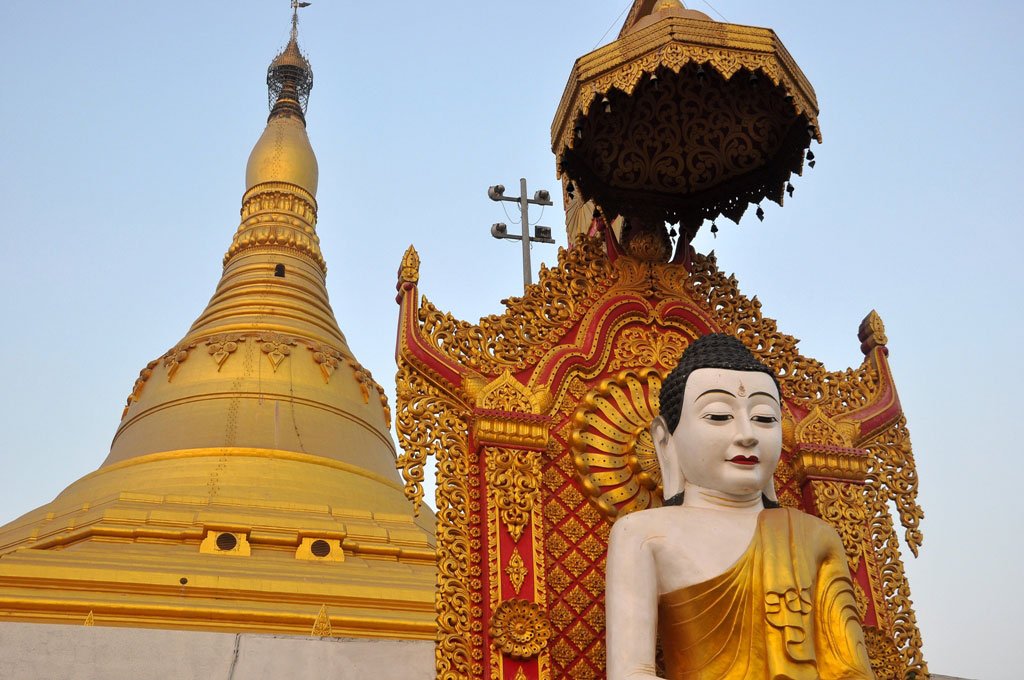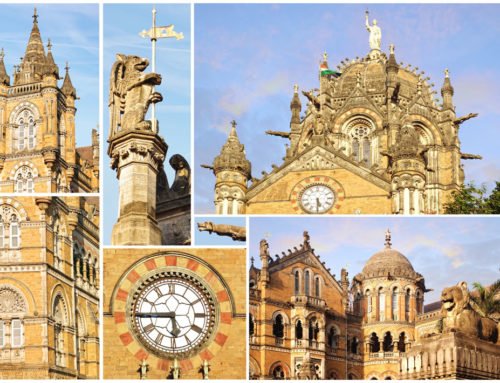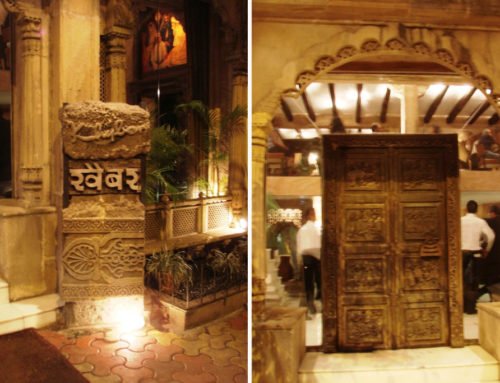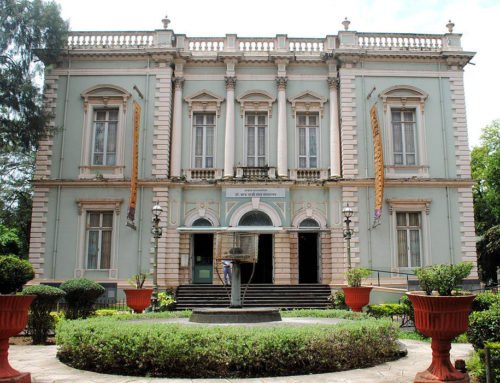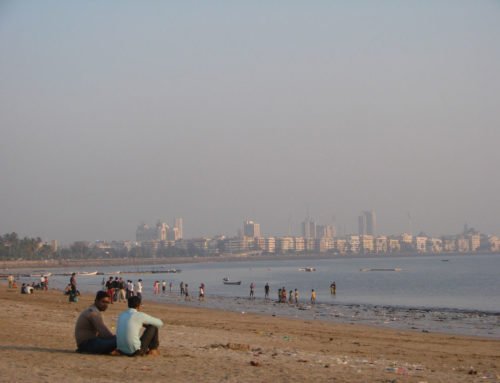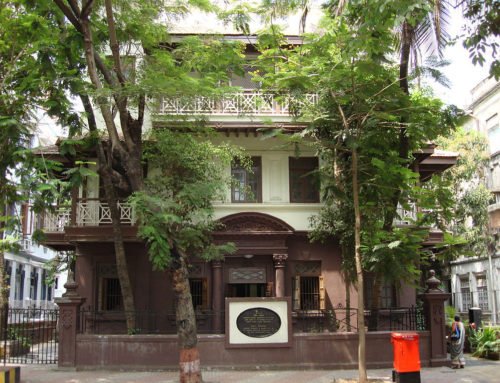Overview
- Features: Buddhist stupa housing relics of Buddha
- Opening Times: 9am to 6pm, daily
- Best Time to Visit: Late October to early March
- Duration: 1 to 2 hours
- Travelled By: Train, auto rickshaw, ferry
- Cost: Free
- Address: Near Esselworld, Gorai Creek, Mumbai, Maharashtra, India
- Type: Shrine
Author Reviews[display_rating_item_results rating_form_id=”2″ rating_entry_ids=”1″ show_category_filter=”false” show_options=”true” result_type=”star_rating” preserve_max_rating=”true” show_title=”false” show_count=”false” ]
Total Rating: [display_rating_result rating_form_id=”2″ show_count=”false” show_rich_snippets=true] [accordions load=”1″] [accordion title=”User Reviews” last] [display_rating_item_results rating_form_id=”5″ show_options=”true” result_type=”star_rating” preserve_max_rating=”true” show_title=”false” show_count=”true” show_rich_snippets=true] [/accordion] [accordion title=”Add Review”][display_rating_form show_email_input=”true” show_comment_textarea=”true” show_name_input=”true” rating_form_id=”5″] [/accordion] [/accordions]
Summary
Modelled after Burma’s Shwegadon Pagoda, the breathtaking structure of Global Vipassana Pagoda is designed to hold 8,000 meditators and houses the relics of Buddha. Located near Esselworld in the Gorai district of Mumbai, it’s hard to get to but it’s worth the trouble to see this magnificent Pagoda and learn about the principles of Vipassana.
Global Vipassana Pagoda Mumbai
Rising up like a mirage from polluted Gorai Creek and the lush but noisy grounds of the Esselworld and Water Kingdom amusement parks nearby, the breathtaking structure is the 96m-high Global Vipassana Pagoda. The Global Vipassana Pagoda is a Meditation Hall for Buddhists near Gorai, north-west of Mumbai. Construction of the Pagoda began in 2000 and was completed in 2008; it was inaugurated on 8 February 2009 by the then President of India, Pratibha Patel. Built on donated land, the Pagoda serves as a monument of peace and harmony and was built out of gratitude to Buddha, his teachings, and the community of monks who practice his teachings.
Between one person and another making no distinction; of benefit to oneself, to others, to all – this is true Dhamma.
[singlepic id=2230 w=720 h=560 float=center]
The aim of the pagoda complex is to express gratitude to Buddha for dispensing what followers believe is a universal teaching for the eradication of suffering, to educate the public about the life and teaching of the Buddha, and to provide a place for the practice of meditation. 10-day Vipassana meditation courses are held free of charge at the meditation centre that is part of the Global Vipassana Pagoda complex.
[singlepic id=2224 w=720 h=560 float=center]
Its architectural style is traditional Burmese which is an expression of gratitude to the country of Myanmar (Burma) for preserving the practice of Vipassana. The shape of the Pagoda is similar to the Shwegadon Pagoda in Yangon, Myanmar. The structural system of the stone dome was built with self-supporting interlocking stones, combining ancient Indian and modern technology, to enable it to last for a thousand years.
The foundation of the dome consists of basalt, while the dome itself is made from sandstone imported from Rajasthan. The individual blocks of sandstone weigh 600–700 kg each and are kept in place due to the unique design of the bricks. Each brick interlocks with the one adjacent to it and lime mortar is used to fill in any remaining gaps. The circumambulation path is laid in marble.
[singlepic id=2225 w=720 h=560 float=center]
The pinnacle of the pagoda is adorned with a large crystal. The spire is covered in real gold, while the rest of the pagoda is covered in gold paint. The spire is topped with a special ornamental umbrella piece donated by the Burmese. The main doors to the pagoda are wooden and hand-carved in Myanmar (Burma).
The center of the Global Vipassana Pagoda contains the world’s largest stone dome built without any supporting pillars. The height of the dome is approximately 29 metres, while the height of the building is 96 meters, which is twice the size of the previously largest hollow stone monument in the world, the Gol Gumbaz Dome in Bijapur, India. The inside of the pagoda is hollow and serves as a very large meditation hall with an area covering more than 6000 m2. The massive inner dome seats over 8000 people enabling them to practice the non-sectarian Vipassana meditation.
The Pagoda consists of three sub-domes. The first and largest dome contains the bone relics of Gautama Buddha which are enshrined in the central locking stone of the dome, making it the world’s largest structure containing relics of the Buddha. The relics were originally found in the stupa at Bhattiprolu, Guntur district, Andhra Pradesh, South India They have been donated by the Mahabodhi Society of India and the prime minister of Sri Lanka to be kept at the Global Vipassana Pagoda. The second and third domes sit atop the first dome.
[singlepic id=2231 w=720 h=560 float=center]
Around the complex, there are interesting signboards with principles of Vipassana. Also, there is a sitting Buddha in front of the Pagoda as well as statues of a couple of Buddhist monks.
The south pagoda contains 108 meditation cells for use by Vipassana students taking a meditation course at the adjoining meditation centre.
The Global Vipassana Pagoda complex is still under construction with plans to include a museum depicting the life and teaching of Buddha. The Global Vipassana Pagoda’s educational displays will communicate the Buddha’s universal teaching as a path towards real happiness.
Getting to & from Global Vipassana Pagoda
[singlepic id=2226 w=720 h=560 float=center]
To get here, take the train to Borivali, then an autorickshaw to the ferry landing where the Esselworld ferries come and go every 30 minutes. The last ferry back is 5.25pm.



